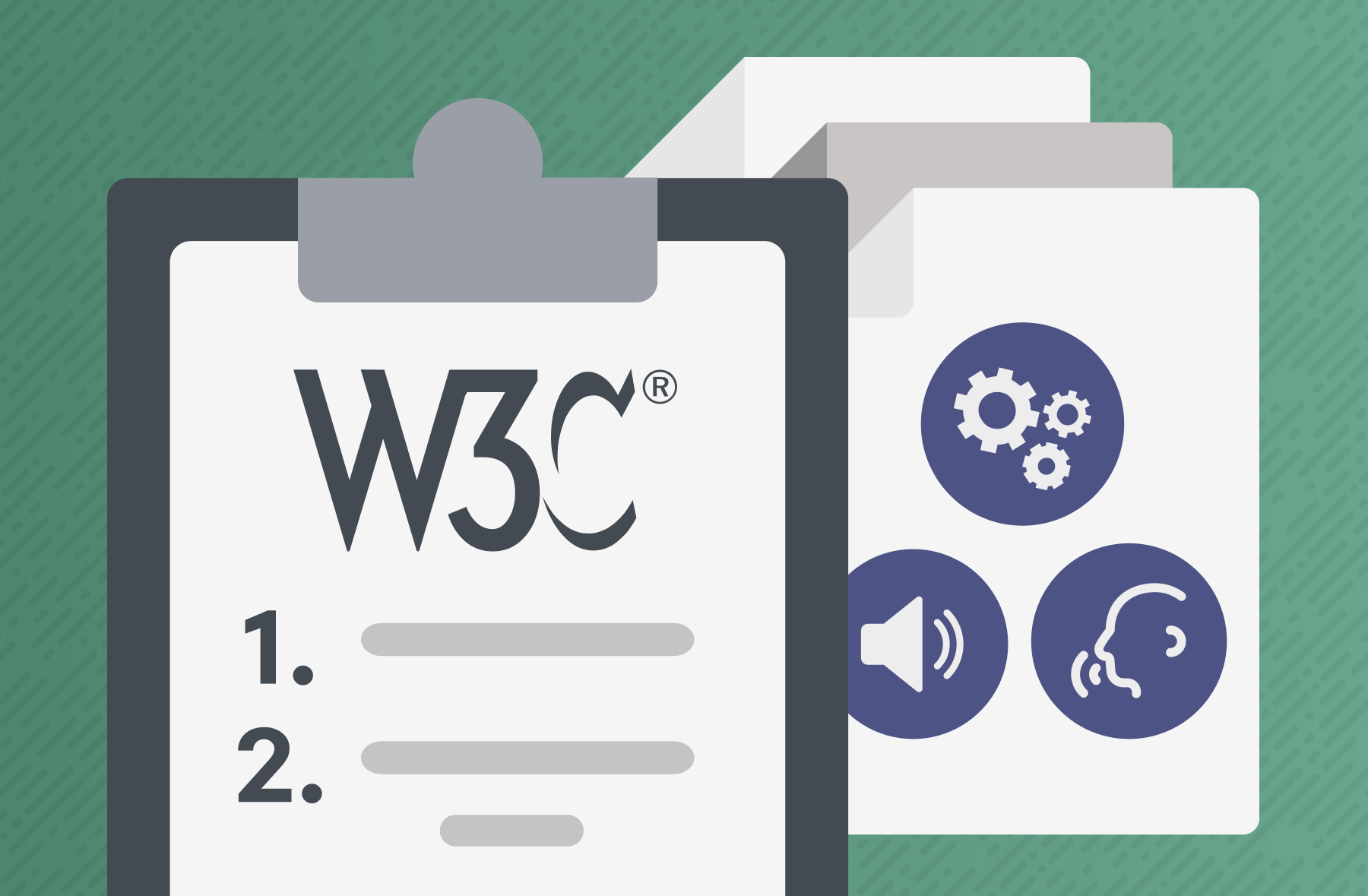So you’ve completed your audit, fixed any violations, and you have an accessible website. You can breathe a sigh of relief! For the moment.
While it’s no small feat to complete an audit and make sure all your users have access to the same information, it’s important to make sure that accessibility isn’t considered “one and done.” Just like the content on your site needs constant attention, accessibility does as well. Although it might sound like one more thing to think about, it can be relatively easy to keep your site accessible if you use the right process.
There are two main areas that need attention:
- Content
- New site components
Content
While your site should be built to ensure that content is structured properly (such as using appropriate heading levels, alt text for meaningful images and descriptive page titles), not everything can be controlled via your content management system. It’s important to follow web accessibility best practices for content creation. To learn more about these best practices, please read How to write accessible content — WCAG and download our accessibility starter , which includes a Writing Accessible Content resource guide.
New site components
It’s also important to test new components on your site. For example, if you add a new webform or add a faceted search, these components need to be tested. Even if you’ve created some of these types of components on your site before, it’s still important to run an automated tool on the frontend, like , or through a command line tool such as . You’ll also need to run the appropriate manual tests for the component to ensure that you’re testing against all applicable standards.
Adding these processes to your project lifecycle will help keep your site accessible and will minimise more time-intensive accessibility remediations in the future.


